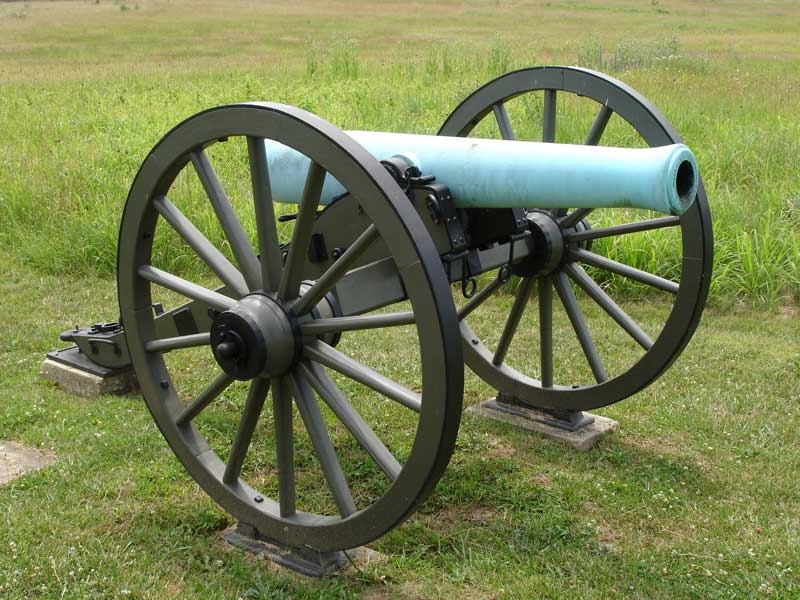
Photo 12pounder Civil War howitzer.
Nineteenth-century 12-pounder (5 kg) mountain howitzer displayed by the National Park Service at Fort Laramie in Wyoming, United States. The Abus gun was an early form of howitzer in the Ottoman Empire. In 1758 the Russian Empire introduced a specific type of howitzer (or rather gun-howitzer), with a conical chamber, called a licorne, which remained in service for the next 100 years.
Artillery of the midlate 19th Century
THE HOWITZER The nomenclature of the howitzer is essentially the same as the gun with the exception of a chamber at the breech to allow for the fi ring of heavy projectiles with light charges. THE CARRIAGE Carriage parts made of white oak are: 1. The cheeks are two pieces of wood between which the gun rests. 2.

M1841 Mountain Howitzer Cannon, Used by the US Army in the Mid 19th Century Ocala, Florida
The M1841 mountain howitzer was a mountain gun used by the United States Army during the mid-nineteenth century, from 1837 to about 1870. It saw service during the Mexican-American War of 1847-1848, the American Indian Wars, and during the American Civil War, 1861-1865 (primarily in the more rugged western theaters ).

Civil War reenactors prepare a functional, 19th century mountain howitzer (cannon) for firing at
The Model 1841 Mountain Howitzer was the most versatile piece of weaponry of its kind during the 19th century. The Army used it for 50 years, mostly on the western plains. Lightweight and rugged, its size made all the diference in any engagement this little workhorse participated in. Development
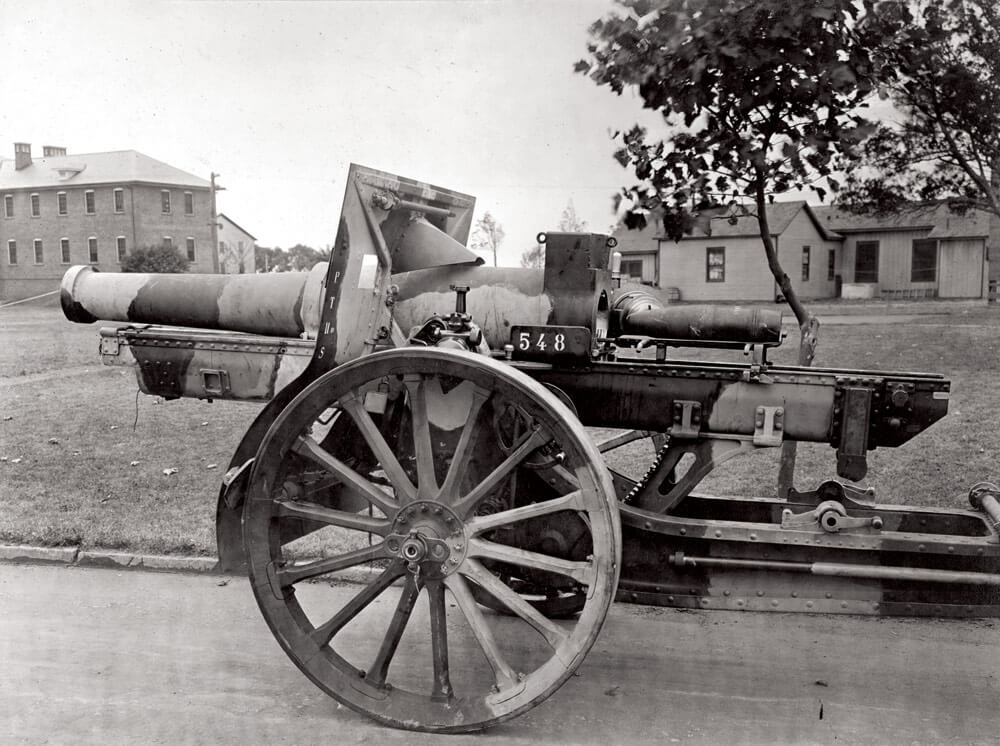
Bringing the Thunder The 155mm Howitzer of World War I CitizenSoldier
The U.S. Model 1841 12 Pounder Mountain Howitzer H in The Model 1841 Mountain Howitzer was the most versatile piece of weaponry of its kind during the 19th century. The Army used it for 50 years, mostly on the western plains. Lightweight and rugged, its size made all the difference in any engagement this little workhorse participated in.

Historical illustration from the 19th Century, representation of a field howitzer Stock Photo
The RML 6.6 inch howitzer was a British Rifled, Muzzle Loading (RML) Howitzer manufactured in England in the 19th century, which fired a projectile weighing approximately 100 pounds (45 kg). It was used in siege batteries and in fortifications. Design and manufacture
:max_bytes(150000):strip_icc()/gatling-rapid-fire-gun--1870--artist--anon-463919287-59d3e40b9abed500117e83de.jpg)
Principais invenções do século XIX
Dec. 18, 2023, 3:55 AM ET (MSN) Russia Lost 44 Tanks, 38 Artillery Systems, 60 APVs in a Day. Show More artillery, in military science, crew-served big guns, howitzers, or mortars having a calibre greater than that of small arms, or infantry weapons.

The Reffye 85 mm cannon (French "Canon de campagne de 7 de Reffye modèle 1870") was a French
Mountain Howitzer — The longest serving artillery piece of the 19th century, the mountain Howitzer was in service from the time of the Mexican-American War to the Spanish-American War. 1919 Schneider Howitzer — The standard Howitzer for the U.S. Army during WWI.
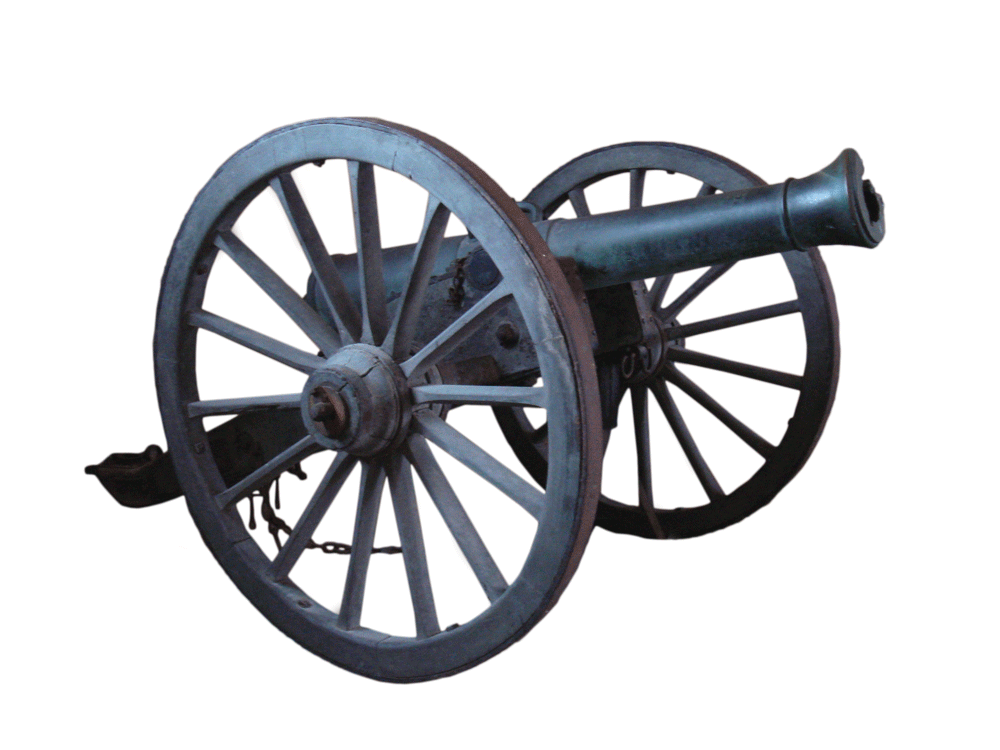
Bringing the Thunder The 155mm Howitzer of World War I CitizenSoldier
The 12 pounder mountain howitzer gun tube was about 33 inches long and weighed 220 pounds. The carriage weighed 157 pounds and each wheel was 65 pounds, making the total weight of the mountain howitzer 507 pounds. A downside to the mountain howitzer compared to other artillery was the limited range of the smaller weapon.
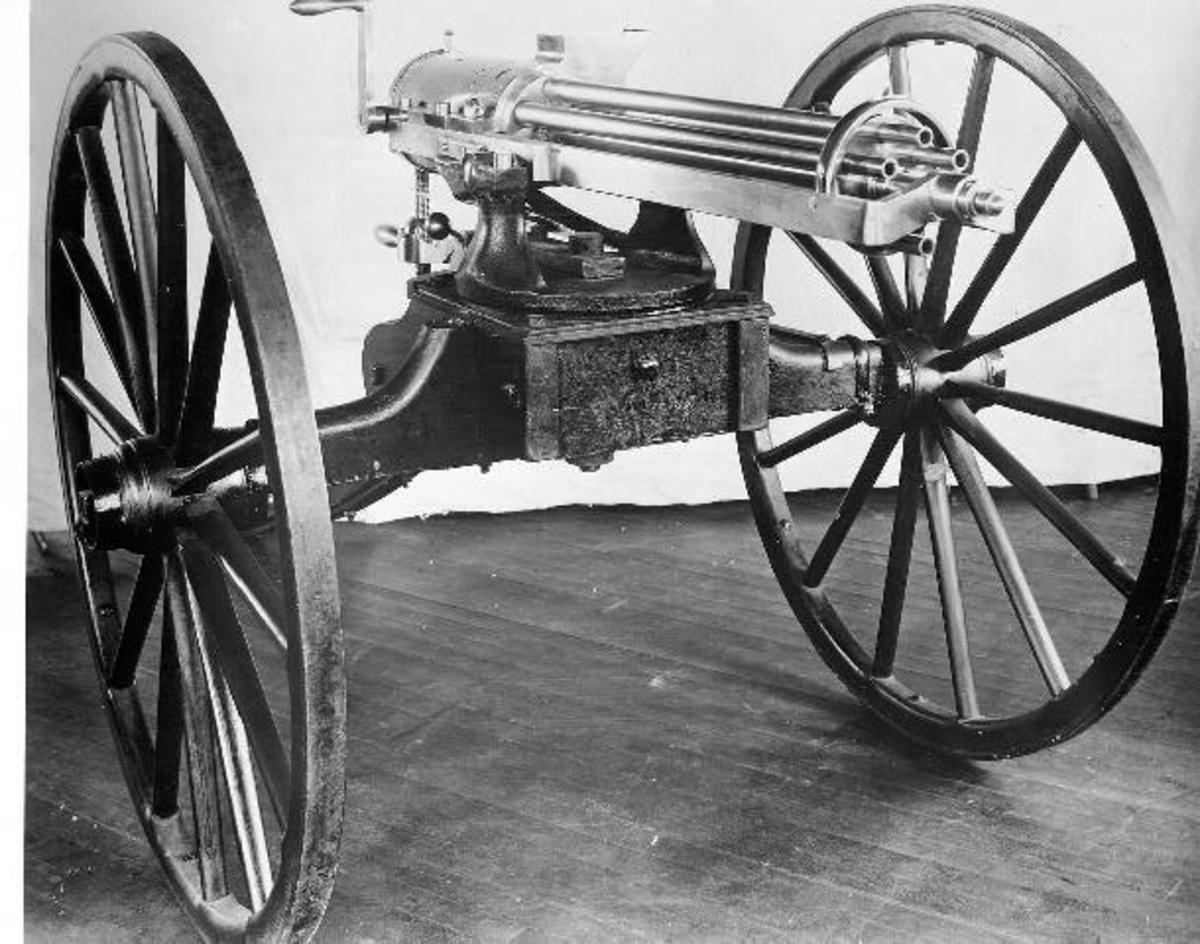
Top 5 Military Weapons of the 19th Century (18001900) HubPages
The howitzer ( / ˈhaʊ.ɪtsər /) is an artillery weapon that falls between a cannon and a mortar. With their long-range capabilities, howitzers can be used to great effect in a battery formation with other artillery pieces, such as long-barreled guns, mortars, and rocket artillery . Etymology Part of a series on Cannons History Operation By country

Howitzer Wikipedia, the free encyclopedia Fort laramie, Cannon, Guns
Ammunition for Howitzers was the same as for other artillery pieces in the 19th century. The designation of the piece itself was determined by the weight of the solid shot, or what most people think of as a "cannon ball". A 12-pound Mountain Howitzer is so named because the solid shot it can fire weighs 12 pounds. NPS Photo.

Bringing the Thunder The 155mm Howitzer of World War I CitizenSoldier
The M1641 12-pdr. mountain howitzer was designed to be carried in pieces on the backs of three mules. The bronze tube weighed a mere 220 lb., but only had a range of 900 yards at five degrees elevation. It fired a shell weighing almost 9 pounds. They were popular in the west where counterbattery fire was uncommon, but much less so in the east.

19thcentury engraving depicting artillery weapons and tools, XVII century 7 and 24pounder
Howitzers are one of two primary types of field artillery. Historically, howitzers fired a heavy shell in a high-trajectory from a relatively short barrel and their range was limited but they were slightly more mobile than similar size field guns.
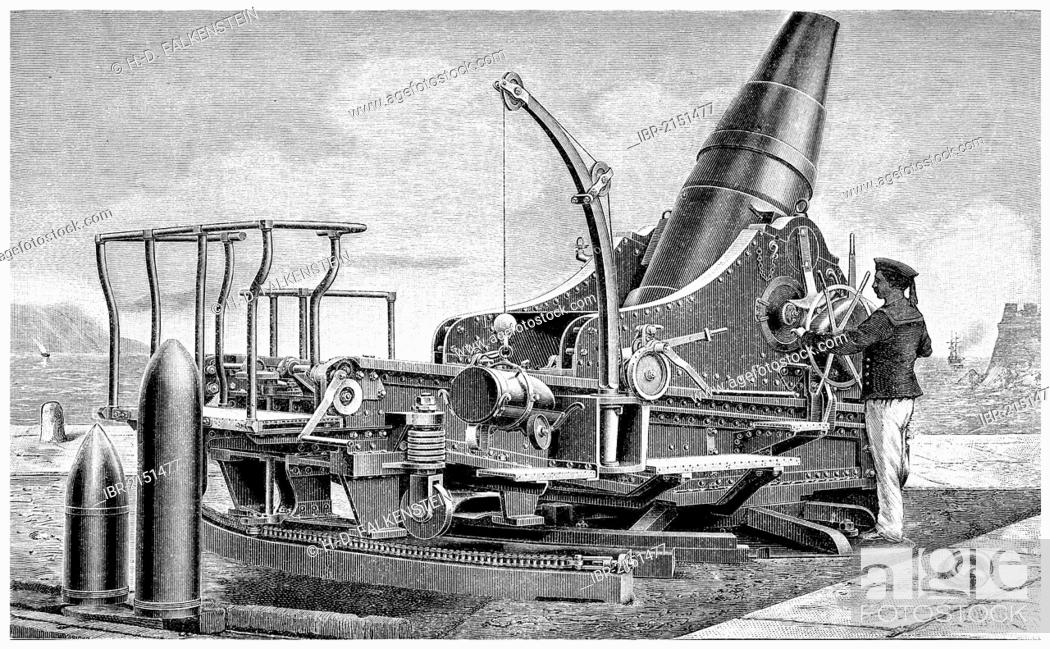
Historical illustration from the 19th Century, depiction of a German coastal howitzer from Krupp
Dahlgren designed a boat howitzer specifically with amphibious operations in mind. Several 12-pounder versions were eventually produced, as well as a 24-pounder. The guns could be mounted on carriages at the bow of launches and then quickly remounted on wrought-iron field carriages, which were designed to be pulled by about a dozen men using a.
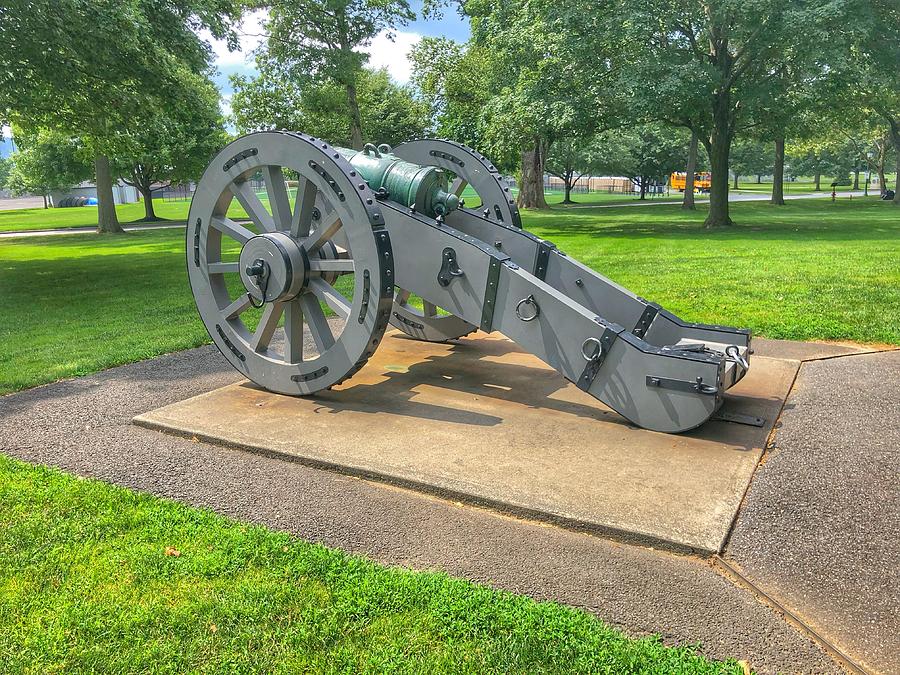
British Howitzer Photograph by William E Rogers Pixels
by Jon Guttman 10/30/2014 42cm M-Gerät Caliber: 42cm (16.5 inches) Dimensions: 10 meters long (32 feet 10 inches), 4.7 meters wide (15 feet 5 inches), 4.5 meters high (14 feet 8 inches) Weight: 42,600 kilograms (47 tons) Barrel length: L/12 (5 meters/16 feet 5 inches) Max. barrel elevation: 65 degrees Max. range: 9,300 meters (5.8 miles)
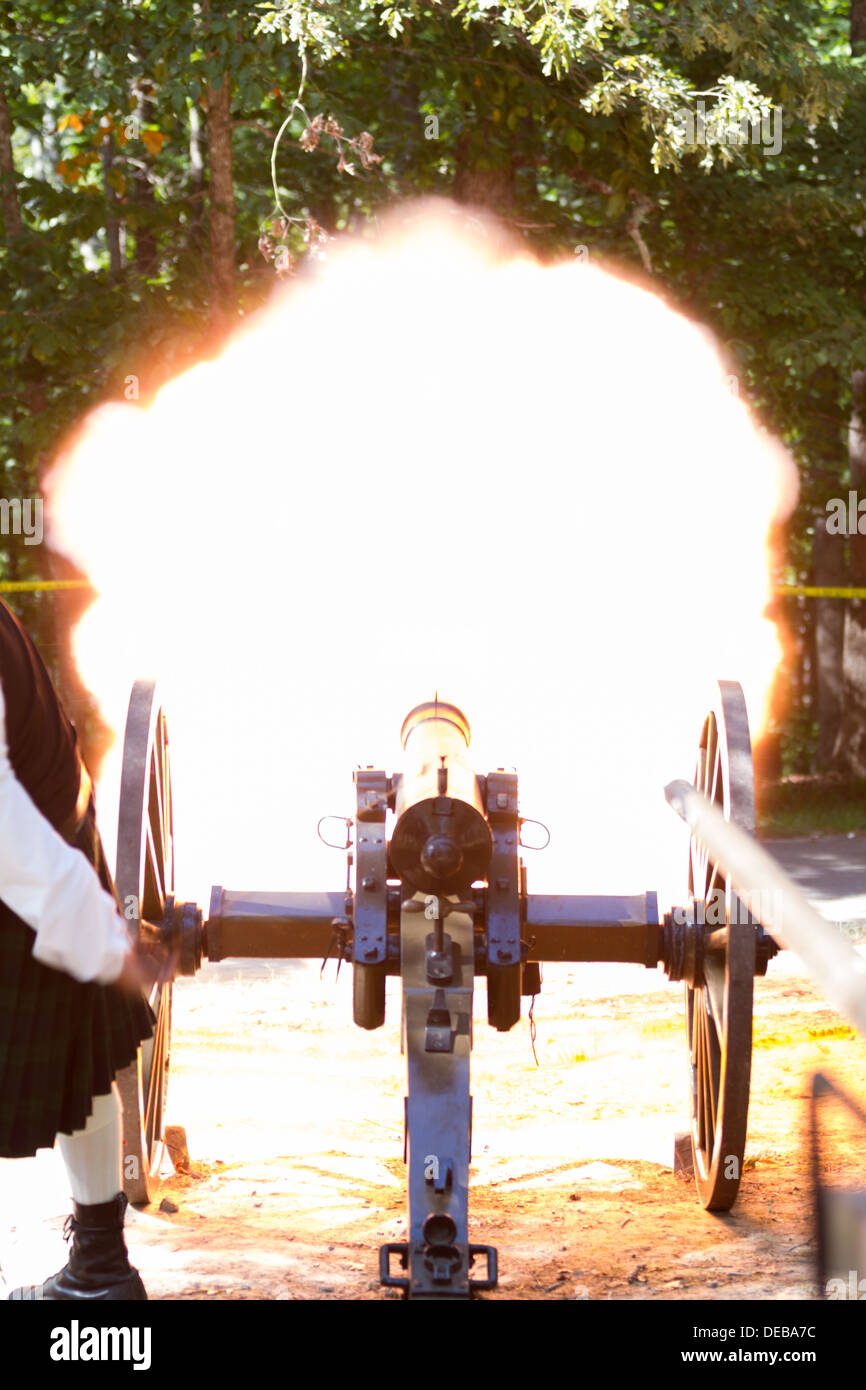
Fire and smoke as a Civil War reenactor fires a functional, 19th century mountain howitzer
The 19th Century Howitzer: Revolutionary Artillery in the Era of Industrialization. During the 19th century, industrialization played a pivotal role in shaping warfare and the development of new weaponry. One such revolutionary artillery piece that emerged during this era was the howitzer.